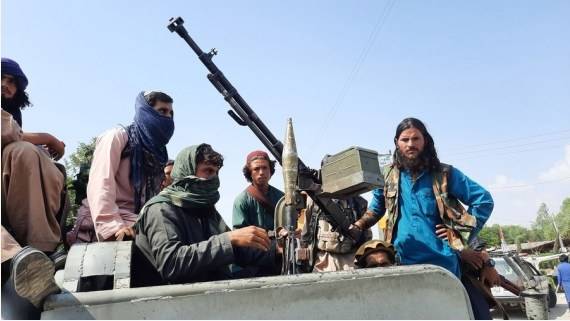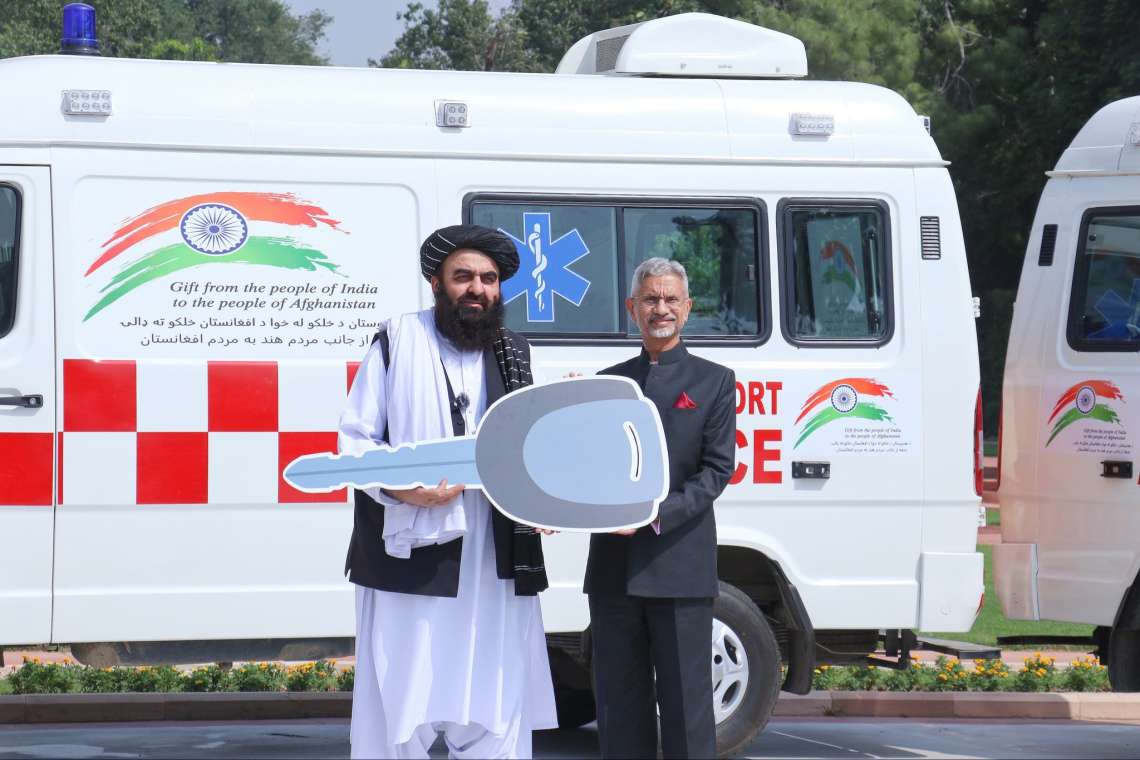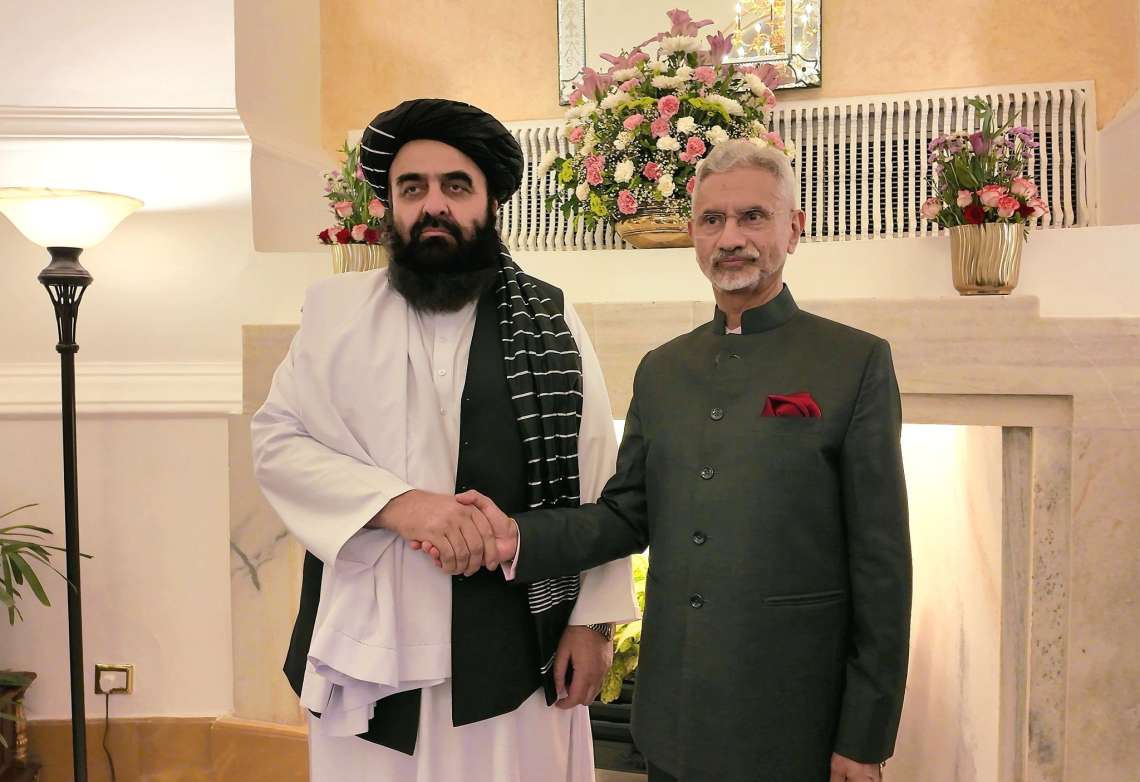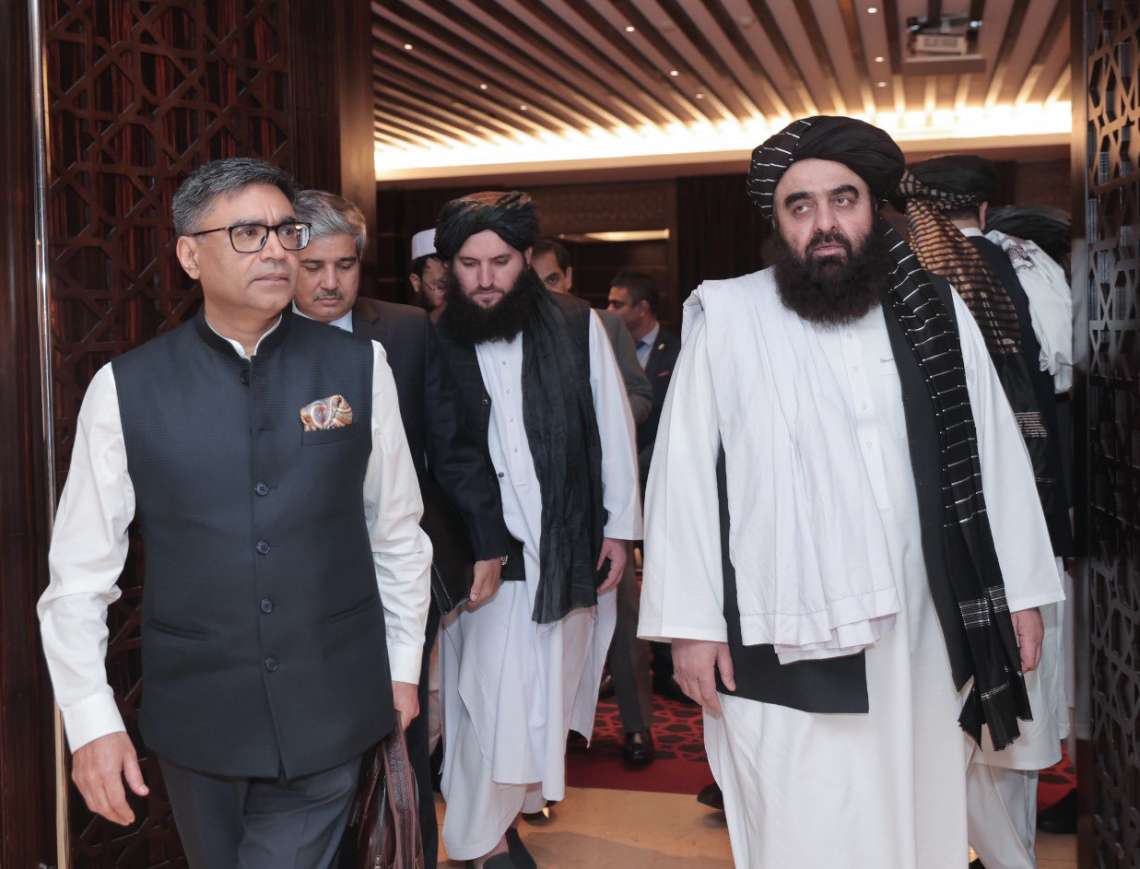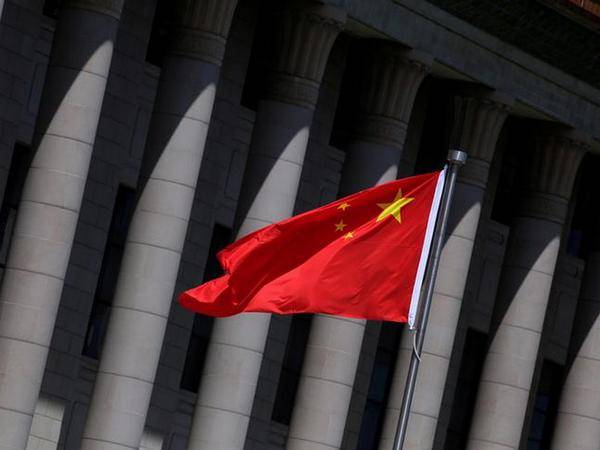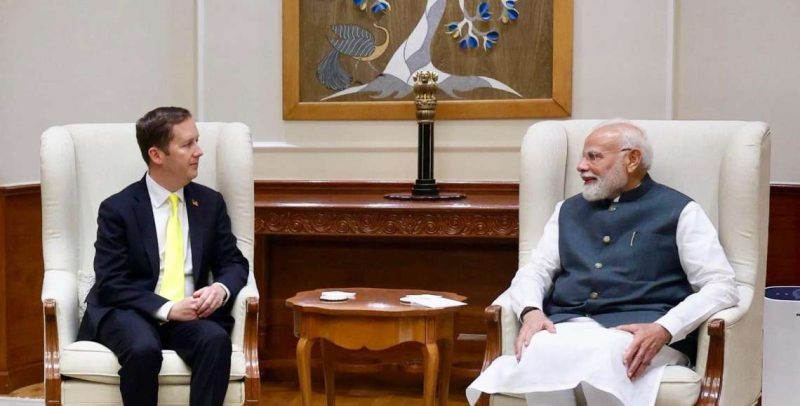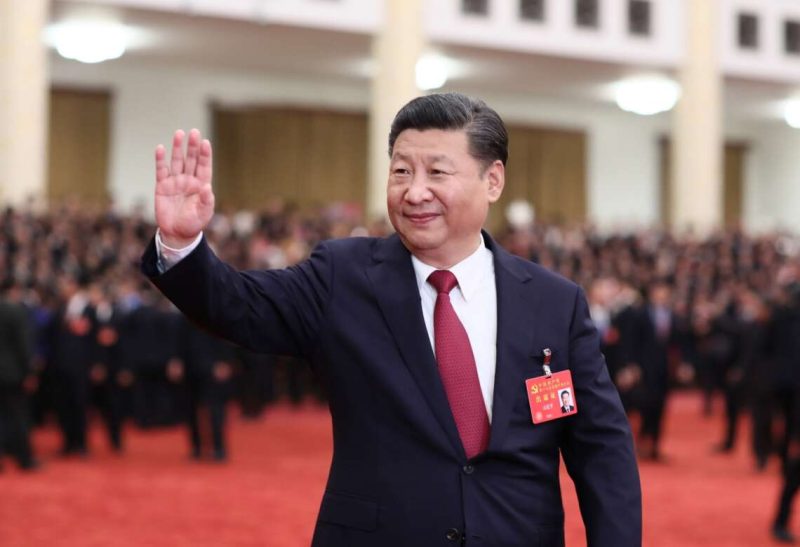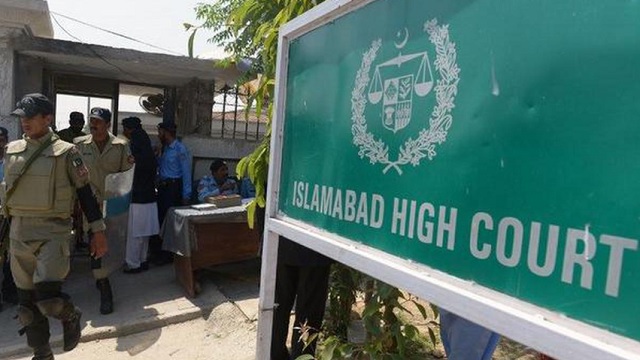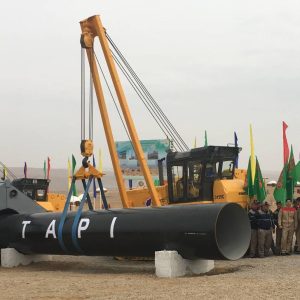Pakistan’s involvement in fomenting instability through proxies, notably LeT and JeM, remains a formidable challenge. Islamabad is increasingly making efforts to promote IS-KP/Daesh as its new proxy and is expanding activities of such outfits, through the Haqqani Network (HQN) but under the Taliban umbrella, from Afghan territory, reports Asian Lite News
Though the Taliban leadership structure remains intact, factional differences have emerged over power sharing in the new governing set up, especially the manner in which the Haqqani Network moved in to control large sections of Kabul.
These internal differences notwithstanding, the Taliban are reaching out to regional/global powers underlining their desire to build “good relations” with the neighbouring countries, especially China which has “always contributed” to the Afghan economy, as well as with Tajikistan, Turkmenistan, Iran, India and Uzbekistan.
However, the outfit does not appear willing to offer any guarantees on its links with and activities of terror outfits, including the Al Qaeda and the Islamic State, preferring only “verbal assurances” to gain international legitimacy.
Considering the long-standing organic ties between foreign terror groups and the Taliban, Al Qaeda, IS-KP/Daesh, Islamic Movement of Uzbekistan (IMU), Islamic Jihad Union (IJU) and Pak proxies like Lashkar-e-Taiba (LeT), Jaish-e-Mohammad (JeM) and Al-Badr would re-group and strengthen apart from securing safe havens in Afghanistan under Taliban rule.

In the developing situation in Afghanistan, Beijing is trying to steal the lead by building a narrative for internal consumption as well as friendly countries that China is best suited for Afghan reconstruction, given its policy of political neutrality; close coordination with key players, including Russia, and availability of diverse funding sources to build Afghan infrastructure and push investment.
Further, Beijing, with support from Pakistan, has been actively involved in establishing links with the Taliban in order to promote its economic and security interests in Afghanistan and beyond.
On its part, Islamabad continues with its diplomatic initiative to push the narrative of the “positive role” it has played in Afghanistan. Pakistan’s well documented support for transnational terrorism would be further entrenched as Islamabad would now be in a position to shift terror infrastructure, particularly of its India-centric proxies, such as the LeT and JeM, into Afghanistan in order to maintain deniability and avoid international censure, especially through mechanisms such as the FATF.
Given the developing situation and Taliban’s engagements with key regional stakeholders, the real-politik in the region involving Russia, China and Iran is expected to gain momentum. Islamabad is expected to pursue its duplicitous policies with the regional stakeholders, as well as the US, in order to draw maximum advantage and stay central to any outcomes in Afghanistan.

Issues of concern for India
A key concern is the threat of Afghanistan becoming a safe haven for international terror outfits. It could be a manageable challenge, provided the Taliban accepts and undertakes verifiable and irrevocable CT commitments on ground to ensure that interests of regional stakeholders are not impaired by the outfit.
The encouragement the Taliban victory provides to radical Islamic outfits, especially Al Qaeda and ISIS, in India. Given the statements by international terror outfits in favour of the Taliban and an acknowledgement by Pak Islamist parties, a sharp boost in Islamist propaganda in the region, including in India is expected.
Afghanistan will become a magnet for not just terror elements from J&K but also from other parts of India. It will give a fillip to self radicalisation attempts, recruitment from within as well as attempts to exploit the fault lines and spread disaffection against the India state.
Pakistan’s involvement in fomenting instability through proxies, notably LeT and JeM, remains a formidable challenge. Islamabad is increasingly making efforts to promote IS-KP/Daesh as its new proxy and is expanding activities of such outfits, through the Haqqani Network (HQN) but under the Taliban umbrella, from Afghan territory.

The August 26 attack near Kabul Airport by IS-KP is a pointer to the ISIS nexus with these outfits. Though the Taliban had earlier rejected (Aug 8, 2019) linking the Kashmir issue with the Afghan cause, as had been attempted by Pak elements, arguing that Afghanistan should not be turned into “theater of competition” between other countries, Islamabad would continue to influence the Taliban government, directly and through affiliate outfits, to raise the issue at international fora.
Strong possibility of slippage of weapons left behind by the US, especially small arms, sniper rifles, mines, night vision glasses, communication equipment, bullet proof jackets, tech to create even more sophisticated IEDs, VBIEDs, Magnetically Attached IEDs (MAIEDs), weaponised drones, superior tunnelling tactics used in Afghanistan and other jihadist theaters, suicide bombings etc. into the hands of terrorists operating in the Valley through Pakistan, further destabilizing the security environment.
Surge in production of opium to fund Taliban operations if the international community does not accept the assurances extended leading to unfreezing of Afghan assets abroad and provision of financial assistance.
India’s gains achieved through significant contribution made in the past towards Afghan reconstruction and economic progress through various development and aid projects would be relegated to the background. In this context, India-Afghanistan relations, strengthened by the Strategic Partnership Agreement in October 2011, which provides for assistance to help rebuild Afghanistan’s infrastructure and institutions, and providing duty free access to the Indian market to support Afghan exports, could be adversely affected.
Under the Taliban, the ISI would scuttle such initiatives to tarnish the otherwise well-established and acknowledged positive influence and image of India in Afghanistan.
On the economic front, given the geographical proximity and historical linkages, India has been a natural trading partner for Afghanistan and remains the largest market in South Asia for its products. Besides trade, a large number of Afghans travel to India for education and medical treatment.
Any selective approach by the Taliban to exploit such channels could be detrimental to the long-term interests of New Delhi, in view of the pro-active attempts by China to expand its presence and influence in Afghanistan.
The Chabahar Port is of strategic importance. Since Afghanistan is a landlocked country and needs access to warm water ports for its economic growth, its connectivity to the Sea of Oman and the Indian Ocean through the Port reinforces Iran’s role in the regional diplomacy and economy and build India-Iran-Afghanistan-Central Asia ties.
However, given Taliban’s pre-disposition to build close ties with China, and in collusion with Pakistan to promote the CPEC and other economic interests of China, India’s connectivity and energy interests in the region could be affected.
Besides, the security of minority Hindu and Sikh communities in Afghanistan could come under threat, though the fragile security situation in Afghanistan has caused them to migrate to India.
The emerging axis of China-Turkey-Pakistan in Afghanistan would pose diplomatic and geo-strategic challenges. Beijing would attempt to thwart Indian influence, through Pakistan, in a bid to contain Indo-US proximity.

Options for India
The question of recognising a Taliban Government in Afghanistan must be addressed only if it undertakes meaningful reconciliation with other Afghan leaders and is inclusive; makes firm commitments to uphold human rights, minority and women’s rights, media freedom; and ensures that other terror outfits (including Al Qaeda, LeT and JeM) do not operate in the country.
The Taliban regime must explicitly disavow any association with terror outfits, and be held to account in the form of demonstrable consequences if it fails to do so, including over the horizon counterterrorism action and further tightening of sanctions.
Amid Western efforts to contain the rising global influence and threat posed by China, joint collaborative efforts, both CT and diplomatic, to contain China’s expansionist activities through Afghanistan would need to be considered.
Messaging from the international community should be consistent, and not result in emboldening the Taliban. Financial aid and sanctions relief should not be considered at this stage. Only after the Taliban has verifiably lived up to the above commitments, can a gradual and sequential re-engagement on these lines be undertaken.
The regime must also remain neutral and neutralize Pak attempts to use Afghan soil as staging/training grounds or safe havens for its proxies.
Globally recognised terror groups such as the Haqqani Network and its leaders must not benefit from any mainstreaming of the Taliban in Afghanistan.
Regional stakeholders must be taken on board, under UN auspices, to ensure oversight and engagement by the international community. Given Tehran and Moscow’s unambiguous stance on formation of an inclusive and representative Government in Kabul, increasing pressure needs to be mounted on the Taliban to ensure due accommodation of ethnic leaders and regional representatives, and a decentralized governance setup be established.

Moscow remains concerned about Taliban’s non-committal attitude on its links with radical Islamic groups and presence of safe havens for such groups on Afghan territory. Russia is also apprehensive about the ambivalent approach of the outfit towards the opposition forces, many of whom are elements of erstwhile Northern Alliance.
Moscow also needs to be sensitized about China’s expanding footprints in the Central Asian region through BRI connectivity projects. In this context, the feasibility of evolving a long term mechanism to deal with the emerging threats from Afghanistan would need to be coordinated.
In the economic sphere, the Taliban should be encouraged to pursue a global approach, and avoid falling prey to a Chinese debt trap or be subservient to Pak economic interests.
Undertake diplomatic initiatives to flag Beijing’s hollow claims of its financial support to Afghanistan and raise voices from within Afghanistan, international Islamic platforms, UNHCR, SCO, etc. over victimization of Uyghur Muslims in China.
Underline New Delhi’s continuing economic cooperation with Tehran, and sensitize Iran about New Delhi’s concerns over Beijing’s efforts to link Chabahar with the Gwadar port.
Forge a common platform with Iran, Russia and Central Asian countries, especially Tajikistan and Uzbekistan, taking into account their security concerns, to counter” “Pak-China-Turkey” nexus on the Afghan issue. In this context, active intelligence sharing and joint operations with Tashkent and Dushanbe, especially the growing increasing presence of Central Asia-centric militant outfits in North Afghanistan and in the Af-Pak region, may be considered.
Convince and take on board Islamic countries, especially the UAE, Saudi Arabia and other GCC countries, to adopt a balanced approach on the Afghan-Taliban reconciliation.
Continue cooperation with EU partners to ensure sustained pressure on Pakistan through FATF, WB, IMF, UN, to stop financing terrorism.
Given keen interest expressed by Iran, Afghanistan, Turkmenistan and Uzbekistan to join the CPEC and Islamabad’s concerted efforts to enhance border trade with Iran and revive a transnational rail link (Istanbul-Tehran-Islamabad), there is a need to closely monitor such developments.
Strengthening of Indian presence at the Ayni Airbase in Tajikistan, coupled with Indo-Tajik joint military exercises, in tandem with Russia would signal India’s pro-active approach and stake in the region and also be a counter to Beijing’s efforts to secure the Wakhan Corridor through joint border patrolling with Tajikistan and Afghanistan.


